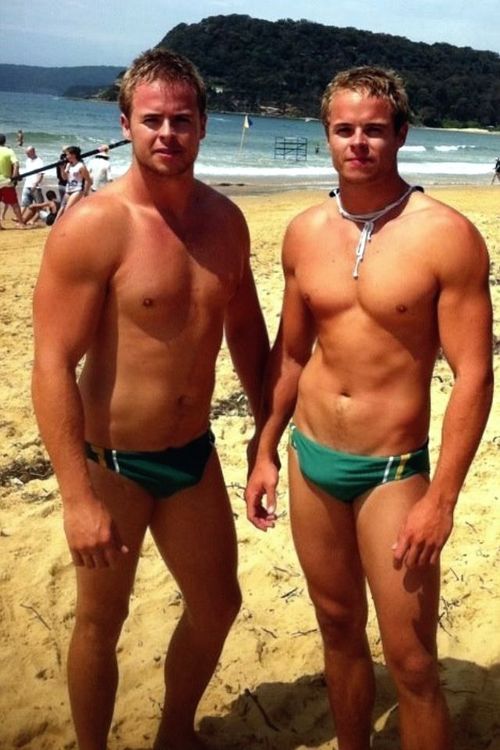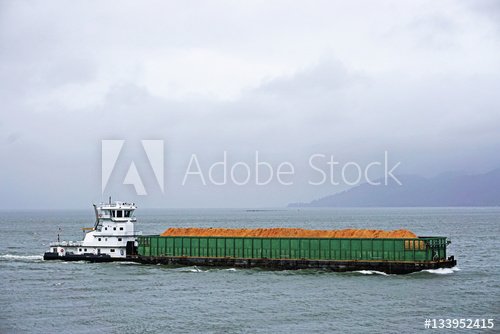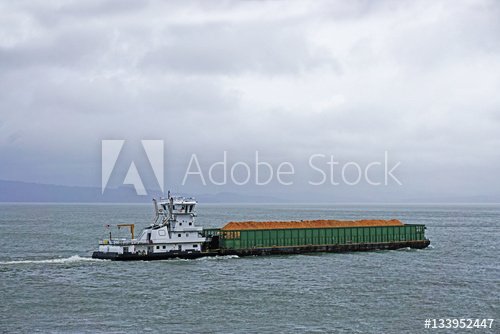Most twin engine boats do not use left and right hand transmissions or left and right turning engines, they use left and right hand props....much simpler.
US engines all turn clockwise when view from the rear whereas British engines were always counter-clockwise, excuse me, anti-clockwise. Don't know about today's Brits.
Same with propeller driven airplanes...left rudder on take in the P-51 (and lots of it, even with the US Packard built Rolls-Merlin engines) and right rudder on take off in the Spitfire.
I saw a three-engine outboard setup the other day. I notice that two props turned one direction and one turned the opposite direction so I ask the guy on board how he deals with the middle engine. When docking leaves it in neutral. Makes sense. But I would think that at speed with all engines at the same RPM she would pull in the direction of the single left-turning engine. Note this was accomplished by propeller pitch only not by having different engines or transmissions. That would be really stupid and expensive on maintenance side....but I sure someone has tried it.





